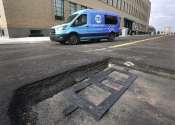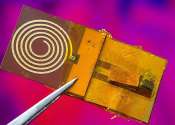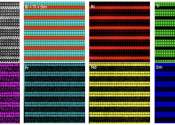Development of long-life organic electrode expedites commercialization of next-generation secondary batteries
A research team, led by Dr. Hosun Shin from the Interdisciplinary Materials Measurement Institute at the Korea Research Institute of Standards and Science and Professor Jae Yong Song's team from the Department of Semiconductor ...
Nov 29, 2023
0
2









